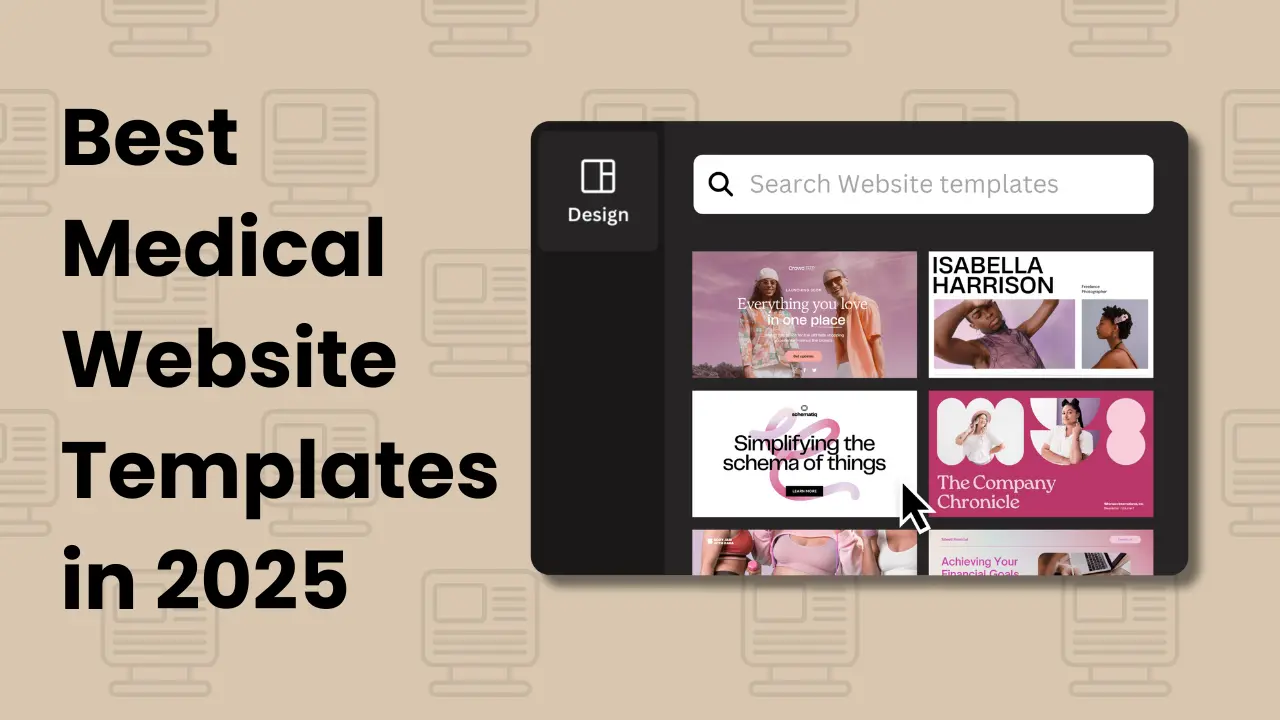Businesses operating in the digital age rely heavily on web forms to capture user information, facilitate transactions, and gather feedback, among other purposes. Because these forms often fulfill such important functions, they can also make or break the user experience on a website. Poorly made forms can lead to user frustration and increased abandonment rates, but well-designed ones can help organizations achieve crucial business goals.
Your business stands to unlock numerous advantages by paying closer attention to the design of your web forms. For one, well-designed forms are often key to improving user engagement and boosting conversion rates. Careful form design also helps you collect accurate and high-quality data that you can then leverage to make more strategic business decisions.
One of the best ways to ensure that your business creates and disseminates useful online forms every time is to avail yourself of professional web development services. Trained web developers know the ins and outs of form design intimately and are highly capable of giving you the best forms for any imaginable purpose. Alongside securing professional support, it will also benefit you to familiarize yourself with the basic principles of effective web form design, so you understand clearly what works, what doesn’t, and why.
Read on to learn more about the essential elements of an effective web form
#1 Keep Your Form as Simple as Possible
Users are more likely to finish filling out streamlined forms that ask only for essential information. Each field you add will require the user to exert more effort to complete your form, and this could potentially lead to higher abandonment rates down the line. It’s best to stick to the basics and avoid asking for any information that isn’t absolutely necessary for your purposes. If you’re collecting contact information, for instance, the user’s name and email address might suffice initially, rather than asking for a phone number, mailing address, and other details upfront.
It’s likewise not a good idea to use unconventional or experimental layouts for web forms, as these can be confusing. Skip the multi-column formats and instead use a simple single-column layout. This design is easiest for users to navigate and should effectively reduce the risk of errors.
#2 Establish a Logical Flow
A well-organized form follows a logical progression that users can intuitively follow. Group related information together to create coherent sections. Following a natural order, such as name, email, phone number, and then address, helps users fill out the form quickly and easily. You may also find it helpful to consider the sequence of questions from the user’s perspective. Begin with the simplest and least intrusive questions to build trust before moving on to more personal or complex information. Logical segmentation and a clear, predictable sequence will guide users smoothly through the form.
#3 Ensure All Instructions and Labels Are Clear
Users should immediately understand what information is required in each field. Descriptive and concise labels can help you create user-friendly forms that minimize confusions. Instead of labeling a field simply as “Name,” for one, you might use “Full Name” to clarify what you’re asking for. Avoid using jargon or technical terms that might confuse users and stick to simple and straightforward language instead.
You can also provide inline instructions or placeholder text to guide users on how to fill out each field correctly. A field labeled “Password” might include placeholder text like “At least 8 characters, including a number and a special character” to inform users of the requirements upfront. Clear instructions both improve the user experience and boost their chances of inputting accurate data the first time.
#4 Implement Real-Time Input Validation and Clear Error Messages
It’s frustrating for users to fill out an entire form only to discover errors after submission. Real-time input validation features can catch mistakes as they occur to make the process smoother and more efficient. Clear and specific error messages are just as important—vague messages like “Invalid input” can confuse and frustrate users. Instead, use precise language such as “Please enter a valid email address” or “Password must be at least 8 characters long.” Your users will have an easier time filling out your forms, and the data that you collect from them is guaranteed to be accurate and useful.
#5 Make All Forms Mobile-Friendly
Consumers are increasingly turning to mobile devices like smartphones and tablets for everything, from casual browsing to sensitive business transactions. Given this, you’ll need to make sure that your web forms function just as well on these devices as they do on desktop computers. Invest in a responsive design that adjusts to various screen sizes and orientations, so mobile users can navigate your form easily without excessive zooming and scrolling. Make form fields and buttons large enough to tap easily on touchscreens. Lastly, consider using input types that bring up the appropriate keyboard for the task, such as numeric keyboards for phone numbers.
Web forms aren’t minor busywork that you can just execute any which way. They’re critical tools you can use to execute successful digital initiatives and improve your customers’ interactions with your business online. The best practices above are designed to help you create forms that are just as user-friendly as they are efficient, so you can always get the data you need without inconveniencing your current and potential customers.
Also read: Is Your Website Driving Customers Away? Test Your Solar Energy Website Design Effectiveness
About the author
Popular Posts

2025’s Top Web Design Trends: A Must-Know Guide for Businesses
July 7, 2025- 10 Min Read





